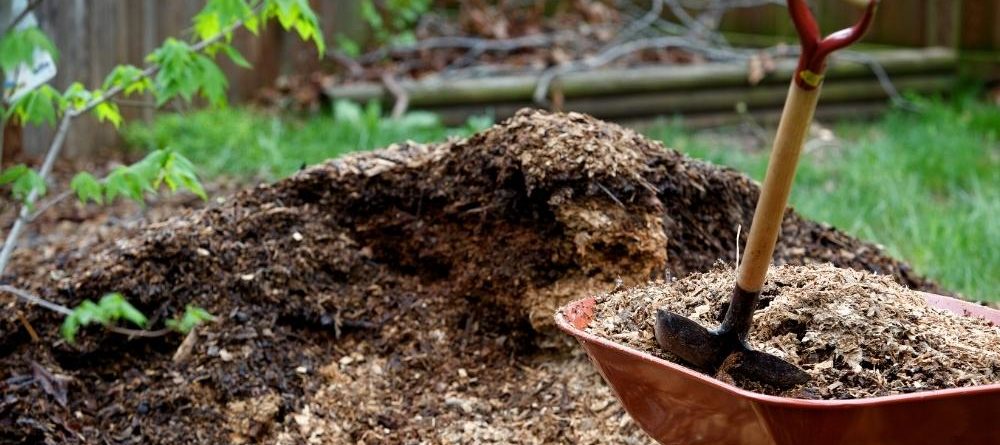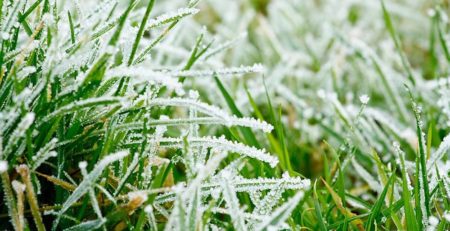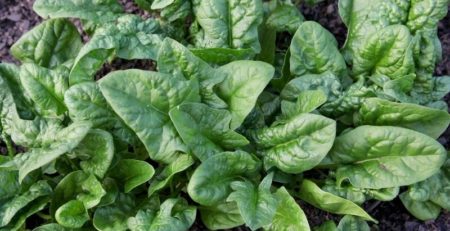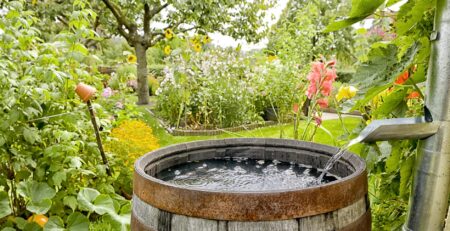Testing Soil Nutrient Levels
The Help Desk receives many questions about soil testing. Everyone has heard of it, but many are unsure how to go about it and what to do with the results. In Texas the process is very easy, and not very expensive, thanks to the soil testing laboratory operated by Texas A&M.
Your starting point is to download the Urban and Homeowner Soil Sample Information Form. Page 1 gathers information about you and your sample(s) and lists all testing options you can request and the cost of each option. Page 2 gives detailed instructions on collecting a sample and packaging it for shipping, along with shipping addresses and payment instructions. Note that special bags for your samples are not required. Any sturdy zip closure bag with a sample identification written on it that corresponds to the Sample ID entered on page 1 of the form is acceptable.
You can submit multiple samples using one order form. Each sample should represent a type of soil in your landscape. For example, you might have areas of turfgrass, flowerbeds with heavily amended soil, and raised beds filled with a commercial soil mix. Collect samples from each of these areas because the soil and what you grow in each can be significantly different. Package each sample in a separate bag marked with a name useful to you and listed on page 1 of the form in the “My Sample ID” column.
A Routine Analysis (#1 on the form) is the least expensive test, and the one most homeowners should use. It will tell you how much nitrogen, phosphorous, potassium, calcium, magnesium and sulfur your soil contains, and it will advise on any required supplementation. In addition, it will list the sodium content (related to salinity), pH (acidity or alkalinity), and the soil conductivity (also related to salinity).
In most cases, the levels of nitrogen, phosphorous, and potassium are the most important results you will get. These elements are listed on fertilizer bags as the levels of N-P-K. For example, a 5-10-5 fertilizer contains, by weight, 5% nitrogen, 10% phosphorous, and 5% potassium. When you receive your soil test results, it will advise how much of each of these nutrients your soil needs. Take your soil report to a full-service garden center and ask for help selecting an appropriate fertilizer.
Two soil test reports are attached. Note that both reports show results for test option #2, Routine Analysis plus micronutrients zinc, iron, copper, and manganese. The fact that all the micronutrient levels are good in both tests demonstrates it is usually better to save money and order the Routine Analysis alone, unless your plants are showing unusual problems.
The results in Figure 1 are for native Dallas clay soil in a lawn. They are fairly typical of this soil in that the only nutrient required is nitrogen at a rate of 0.5 lb. per 1000 sq. ft. When clients ask about fertilizing their lawns in typical Dallas soil, the standard recommendation is to apply 0.5–1.0 lb. of nitrogen per 1000 sq. ft. because phosphorous and potassium levels are almost always sufficient. Surprisingly, this report shows a pH of 7.1 which is near neutral (neither acidic nor alkaline). Dallas clay is usually more alkaline with a pH of 8-8.5.
Figure 2 shows the results for soil in a raised garden bed. This soil needs supplementation of both nitrogen (0.9 lb. per 1,000 sq. ft.) and phosphorous (3.4 lb. per 1000 sq. ft.) because this soil lacks the phosphorous typically found in clay. In addition, this raised bed is used for vegetables, which can be heavy feeders that deplete nutrients other than nitrogen.
If you test your soil and have questions about the results—or if you have any other lawn or garden questions—contact the Help Desk at dallasmg@ag.tamu.edu for assistance.












